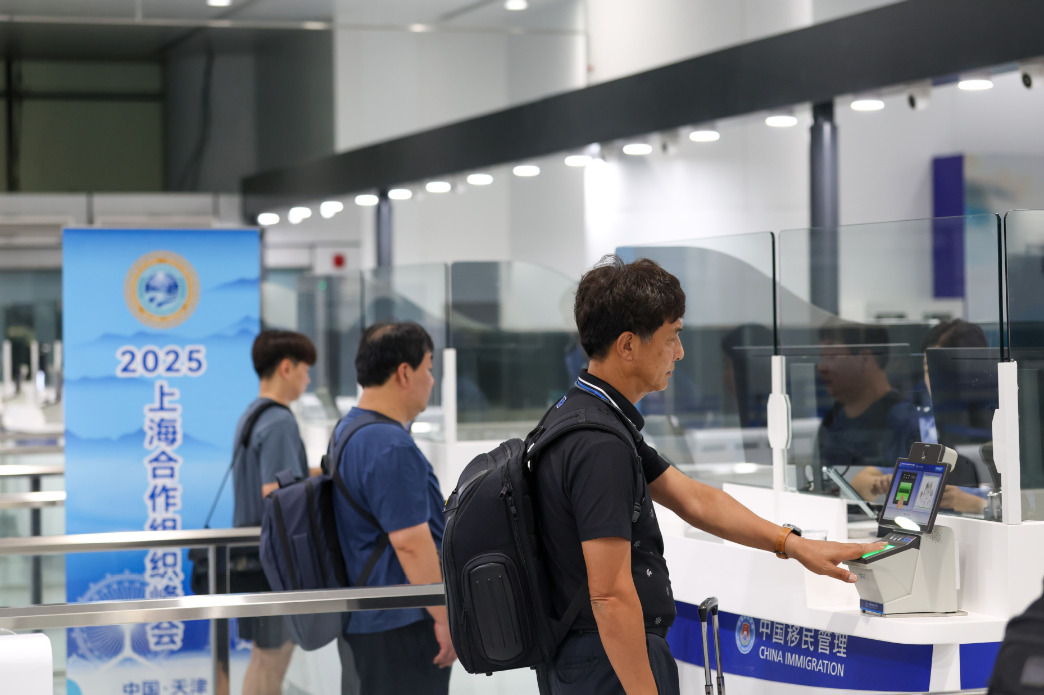Shanghai hospital's innovative spinal endoscopy technique benefits patients

Shanghai East Hospital said on Friday that a patient from Hainan province has become the latest beneficiary of uni-port bi-channel dual-media (UBD) spinal endoscopic technology.
The innovative procedure, developed by professor He Shisheng from the minimally invasive surgery center at the orthopedics department of the hospital, represents a revolution in spinal surgery, with 40 patients operated over a decade of research, according to the hospital which is affiliated with Tongji University.
Unlike traditional open surgeries, which require incisions of approximately 20 centimeters, the UBD technique limits incisions to about 1 cm. This minimally invasive approach offers significant benefits for patients with complex spinal conditions, the hospital said.
The latest patient, a 43-year-old man from Hainan, sought treatment at the Shanghai hospital after experiencing months of persistent back and leg pain, which made walking difficult. Initially, his symptoms were mild, presenting as soreness after activity. But they progressively worsened, requiring him to take a break after walking less than 100 meters.
Local hospitals diagnosed the man with high-grade lumbar disc herniation with calcification and severe spinal canal stenosis, a complex and dangerous condition that could lead to paralysis if aggravated. Several hospitals recommended the traditional surgery approach, which involves significant trauma, with a high risk of heavy bleeding and possible infection.
Upon learning about He's UBD spinal endoscopic technique, the patient traveled to Shanghai.
The UBD technique utilizes dual channels – one providing a high-definition visual field and the other allowing precise operation in the affected area. In a surgical space measured in millimeters, doctors successfully avoided critical nerves and blood vessels, removing the certain calcified disc tissue.
The surgery lasted approximately an hour, with the patient able to get out of bed independently the same day.
"Minimally invasive spinal surgery in China has transitioned from importing experience from abroad to achieving independent innovation at a rapid pace over the past decade," said He.
"I hope that this original technology from China will be promoted globally, benefiting patients worldwide," he added.
To date, the UBD spinal endoscopy technique has been widely practiced in hospitals across China. International training centers have also been established in Japan and Thailand, attracting prominent spinal surgeons from countries including India, Malaysia, Russia and Vietnam to observe and learn the pioneering technique.
- Shanghai hospital's innovative spinal endoscopy technique benefits patients
- Monthlong workshop aims to train green talent
- Seven Fairies Hot Spring Festival opens in Hainan
- Beijing Xiangshan Forum: Toward shared peace and development
- Xi chairs meeting on ideological work, draft ethnic unity law
- China Coast Guard patrols waters around Huangyan Island




































